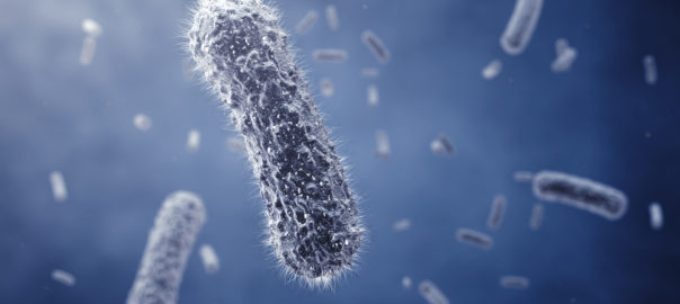Mar 27 2017
Researchers from Delft University of Technology in the Netherlands have developed an inexpensive method for 3D printing bacteria into shapes and patterns, which could lead to revolutionary new materials.
 Credit: Delft University of Technology
Credit: Delft University of Technology
According to the researchers, the method could see applications ranging from mother-of-pearl fake teeth to powerful new microlenses that increase the effectiveness of solar panels and cameras.
The researchers are currently using the technique to 3D print plaque onto cow’s teeth as a potential way of studying oral hygiene.
The technique could also be used in the bacterial production of graphene, which is being used increasingly in manufacturing as it is both the thinnest and strongest compound in existence.
“We can mix up graphene oxide with bacteria, leave it on the counter overnight, and when we come back the next day, it has made graphene by reducing the graphene oxide,” researcher Anne Meyer told Seeker.
“You don’t have to have a chemical lab to do it.”
In order to achieve 3D printing with bacteria, the researchers modified a $300 commercial 3D printer.
Over-the-counter commercial 3D printers operate by heating plastic to make it liquid enough to be patterned by the print-head. However, this heat kills bacteria.
Therefore, the researchers removed the heater from the print-head, and attached a computer-controlled syringe filled with liquid bacteria. In order to make the bacteria stay put, it was mixed with a polymer called alginate, which solidifies when it touches calcium ions.
Once in place, the bacteria can carry out advanced chemical reactions to create a wide range of materials.
The low cost required by this method makes it widely reproducible and suited to manufacturers, with techniques for cellular printing for biological or medical applications costing $5,000 to $200,000, for example.